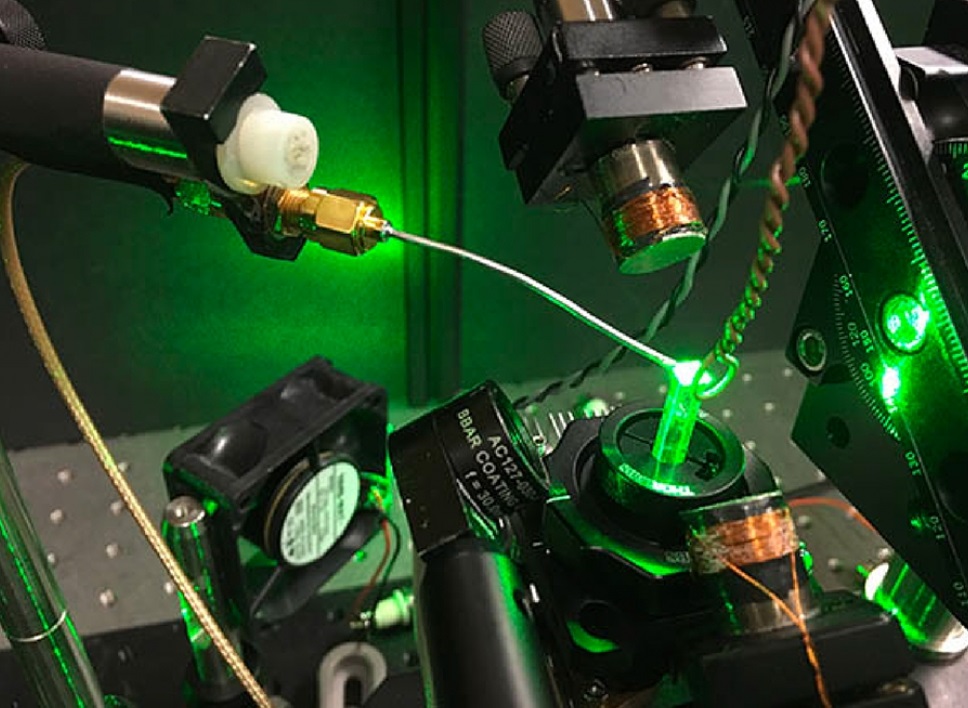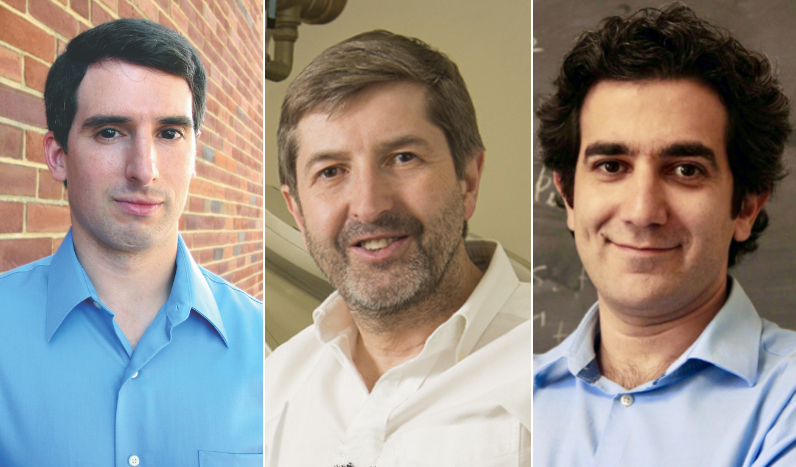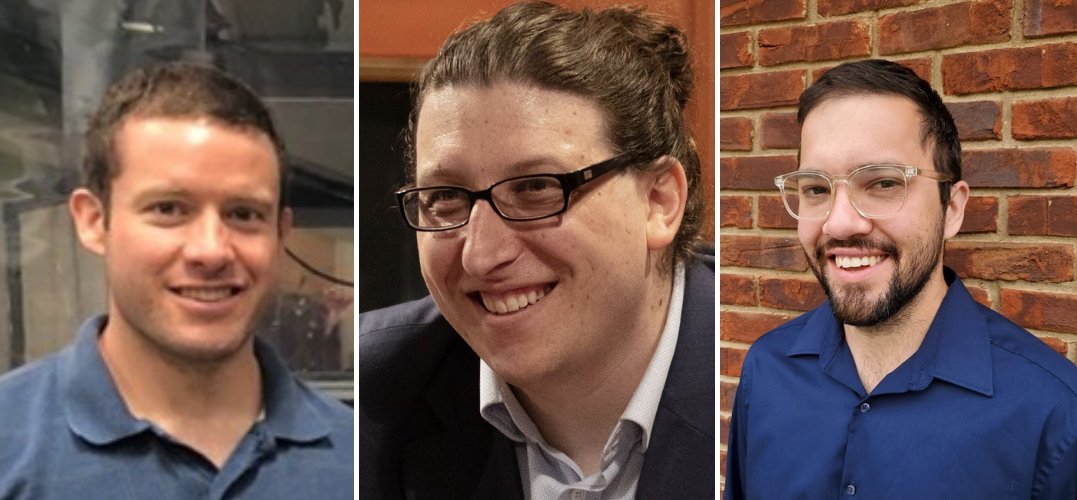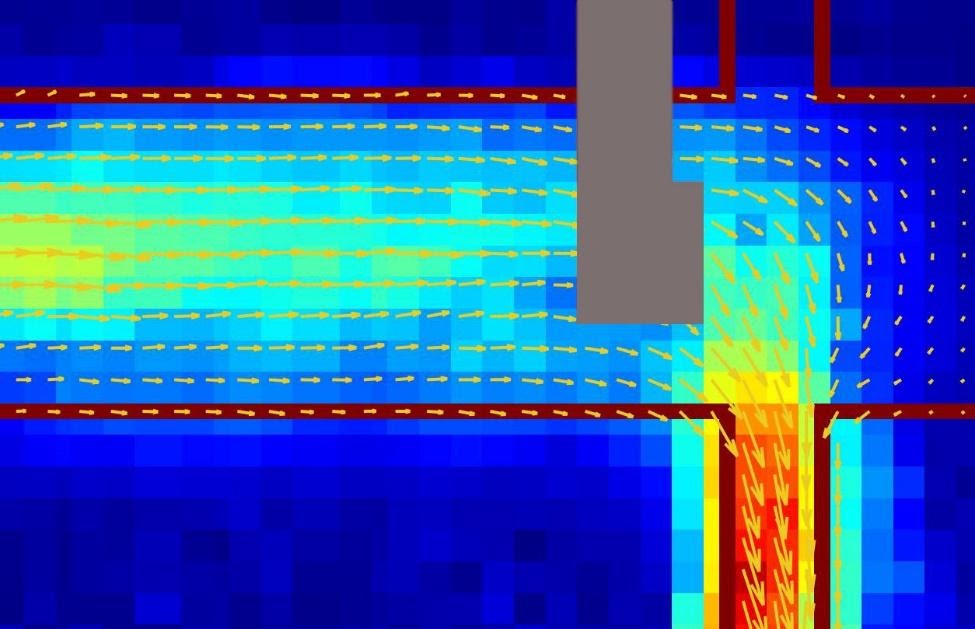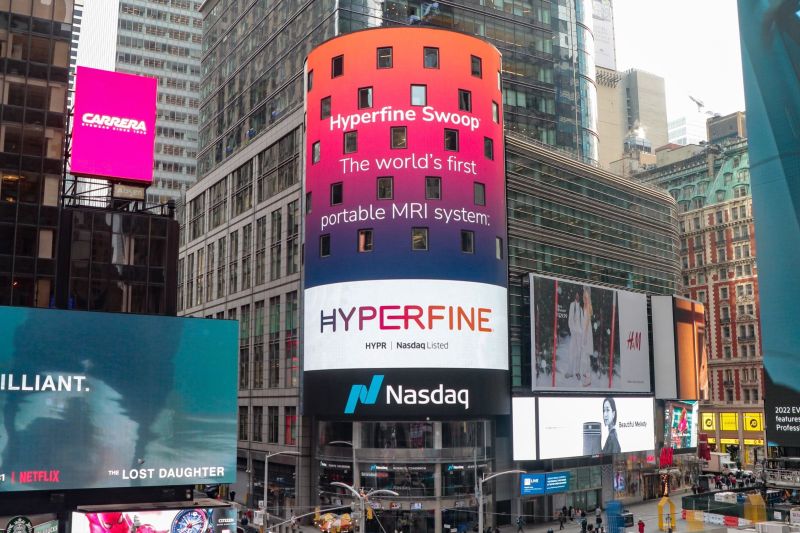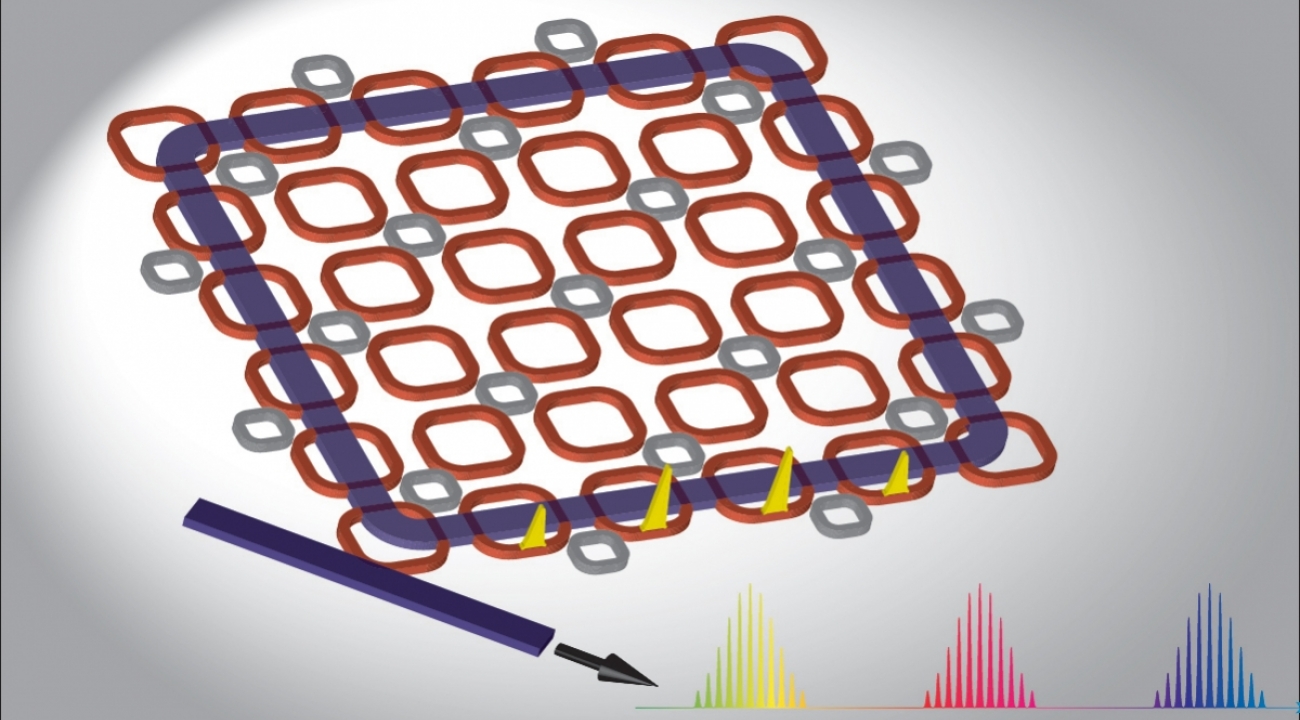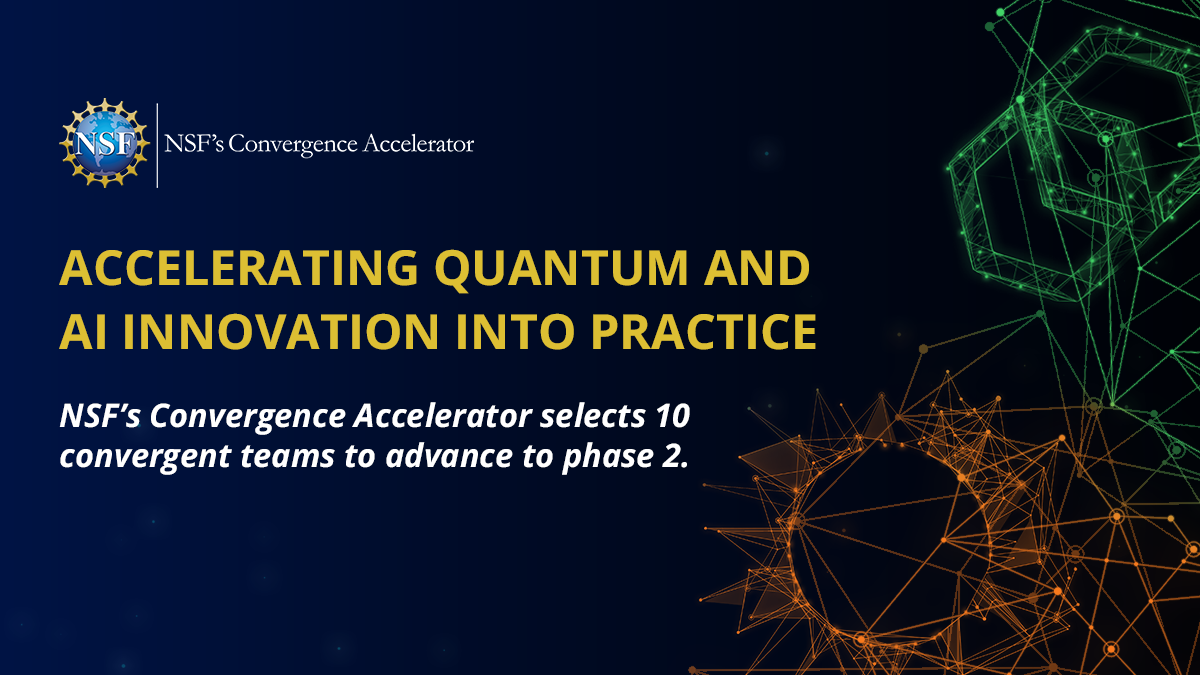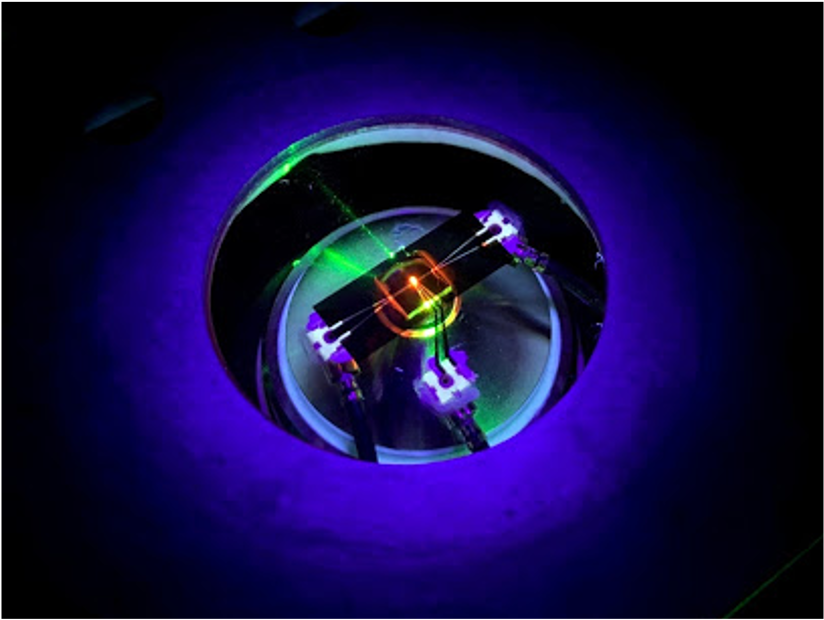News Story
Gong Lab Publishes Two Papers Related to 2D Quantum Materials Sensors and Receives MII Funding

Researchers in the Gong Lab at The University of Maryland have recently published two papers related to 2D quantum materials sensors. The research is led by Electrical and Computer Engineering Assistant Professor and Quantum Technology Center (QTC) Fellow Cheng Gong, and first-year Ph.D. students in his group.
Their paper, “Understanding and optimization of graphene gas sensors,” published in Applied Physics Letters, demonstrates their use of graphene (2D quantum materials) to sense toxic gas (NO2), with extreme sensitivity, which is the ability to detect one NO2 molecule out of 100 billions of neutral gas molecules background. “The superior sensitivity results from the “surface is all” nature of the atomically thin 2D quantum material,” says Gong. “Even a single molecule attached to the quantum membrane can cause an appreciable response.”
Graphene typically has many positively-charged carriers (called “holes”) contributing to electric current. Once NO2 (an oxidizing gas) approaches graphene, it adds more holes to increase the electrical conductance of graphene. These phenomena have been reported by numerous labs worldwide. However, Gong finds it is not necessarily the case: Clean graphene can have negatively-charged carriers (i.e., electrons) responsible for electrical conductance, so NO2 will “counterintuitively” cause the decreased electrical conductance in graphene.
“It also appears that graphene helps NO2 molecules to marry each other to form so-called dimers N2O4,” Gong adds. “Such atomic-level understanding could help engineers to decorate quantum materials for optimized sensor performance, sometimes getting more than you planned for.”
Their second paper published in npj 2D Materials and Applications titled, “Ambient effect on the Curie temperatures and magnetic domains in metallic two-dimensional magnets,” revealed that 2D magnets are sensitive to the ambient (predominantly O2). “2D magnet” is a new topic to many, yet Gong has labored in this field for seven years since he was a postdoc at UC Berkeley. Gong pioneered the discovery of the first 2D magnet in 2017 (refer to his seminal paper in Nature), and now steps further to study the interaction of 2D magnets with environments. “Bulk magnets are robust against the environmental disturbance because the surface interaction stops there and protects the interior, but atomic-thin magnets are super sensitive,” Gong explains. “This environmental sensitivity gives us great opportunities to develop magnetoelectric sensors therefrom.”
“The exciting recent results from Cheng Gong and his students are great examples of the QTC mission — to innovate, translate & educate in quantum technology,” remarked UMD Professor and QTC Founding Director Ronald Walsworth. “Prof. Gong leveraged quantum materials to detect extremely tiny quantities of airborne molecules. This new capability has wide-ranging technological implications with positive societal benefit, from chemical plant safeguarding, to diagnosis of early-stage disease and avoidance of food spoilage.”
“Innovative sensors such as those from the Gong Lab could positively impact Army capabilities due to their ability to detect toxic gases,” says Fredrik Fatemi, associate QTC Director & Branch Chief for Quantum Sciences, DEVCOM-Army Research Lab. “These sensors have the potential to detect hostile chemical or biological weapons on the battlefield to protect our soldiers.”
In addition, Prof. Gong has recently received funding for his sensor research under the Maryland Innovation Initiative (MII). The MII is a partnership between the state of Maryland and five Maryland academic research institutions, which includes the University of Maryland, College Park. The program promotes commercialization of research conducted in the partnership universities and leverages each institution's strengths.
“We are excited to support Prof. Gong’s work under MII,” said Dan Nadesh, Executive in Residence, UMD Office of Technology Commercialization. “MII’s mission is to transfer promising technologies from the laboratories of the top research universities in the state to the marketplace, and we look forward to expanding the potential of these innovative sensors and advancing a near term quantum sensing technology.”
----
Ti Xie, Qin Wang, Robert M. Wallace, and Cheng Gong. "Understanding and optimization of graphene gas sensors." Applied Physics Letters 119, 013104 (2021). https://doi.org/10.1063/5.0057066
Tu, Z., Xie, T., Lee, Y. et al. “Ambient effect on the Curie temperatures and magnetic domains in metallic two-dimensional magnets.” npj 2D Mater Appl 5, 62 (2021). https://doi.org/10.1038/s41699-021-00242-z
Gong, C, et al. “Discovery of intrinsic ferromagnetism in two-dimensional van der Waals crystals.” Nature 546, 265-269 (2017). https://doi.org/10.1038/nature22060
Published August 10, 2021
